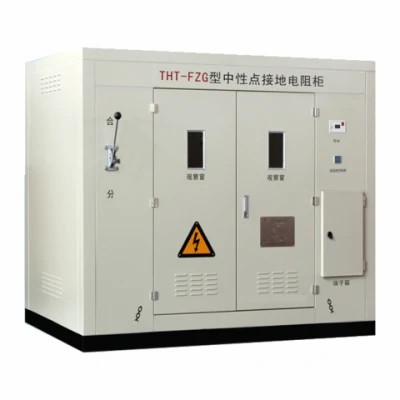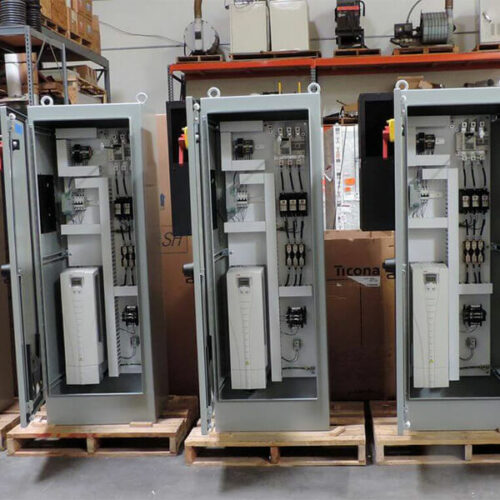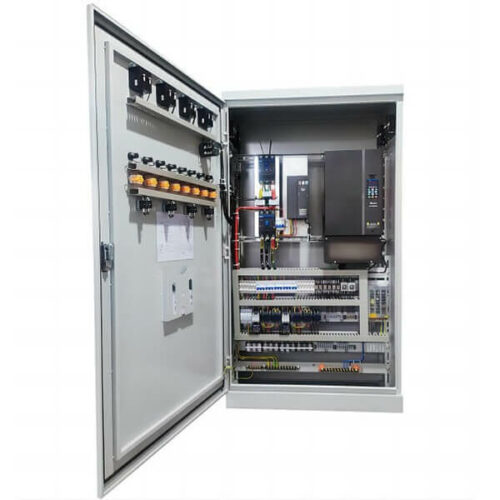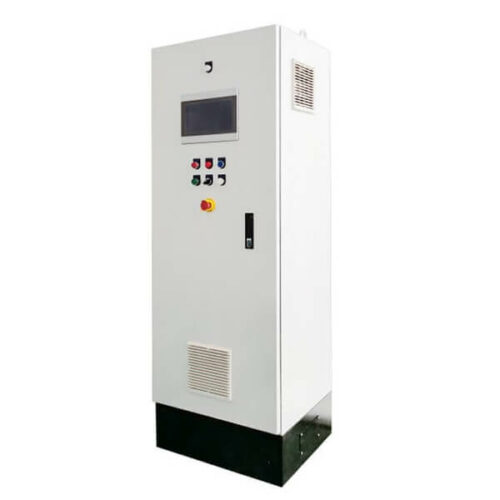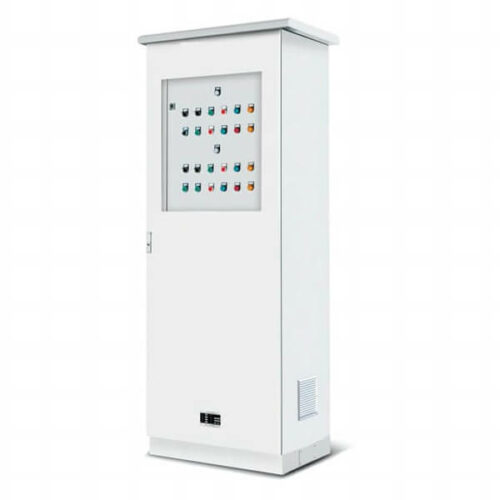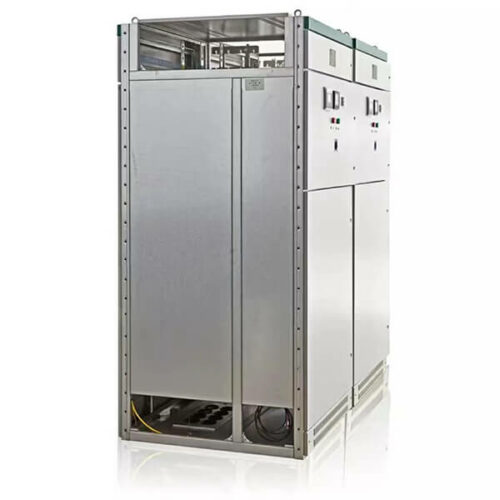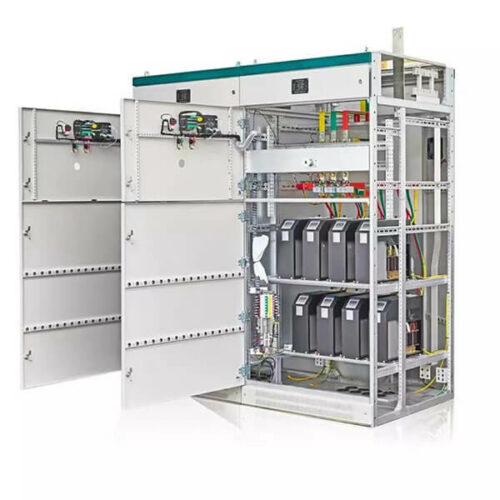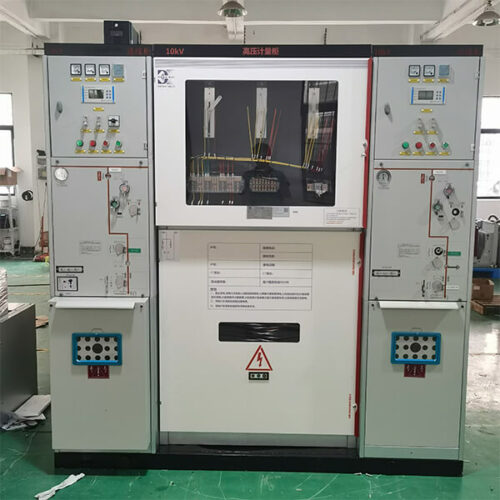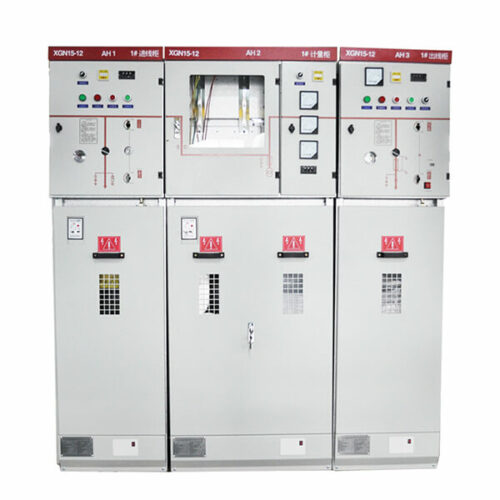Description
The following table summarizes the technical specifications of our Resistor Cabinet:
| Parameter |
Specification |
| Cabinet Type |
Wall-mounted |
| Cabinet Material |
Steel |
| Cabinet Finish |
Powder-coated |
| Cabinet Dimensions |
600mm x 400mm x 200mm |
| Resistance Range |
0.1Ω to 100kΩ |
| Power Rating |
Up to 500W per resistor |
| Number of Resistors |
Up to 50 |
| Resistance Tolerance |
±1% |
| Temperature Coefficient |
±50ppm/°C |
| Maximum Operating Temperature |
155°C |
| Mounting Type |
Screw terminals |
Feature
Our Resistor Cabinet can accommodate up to 50 resistors with a resistance range of 0.1Ω to 100kΩ, with a power rating of up to 500W per resistor. The cabinet is constructed from high-quality steel and is finished with a powder coating to provide excellent durability and resistance to harsh environments. The cabinet can be easily mounted on a wall, and it features screw terminals for easy installation and maintenance.
Each resistor in the cabinet has a tolerance of ±1% and a temperature coefficient of ±50ppm/°C, ensuring that they operate reliably and accurately even under varying conditions. The maximum operating temperature for the cabinet is 155°C, making it suitable for use in high-temperature applications. If you have any further questions or would like to learn more about our Resistor Cabinet, please feel free to contact us.
